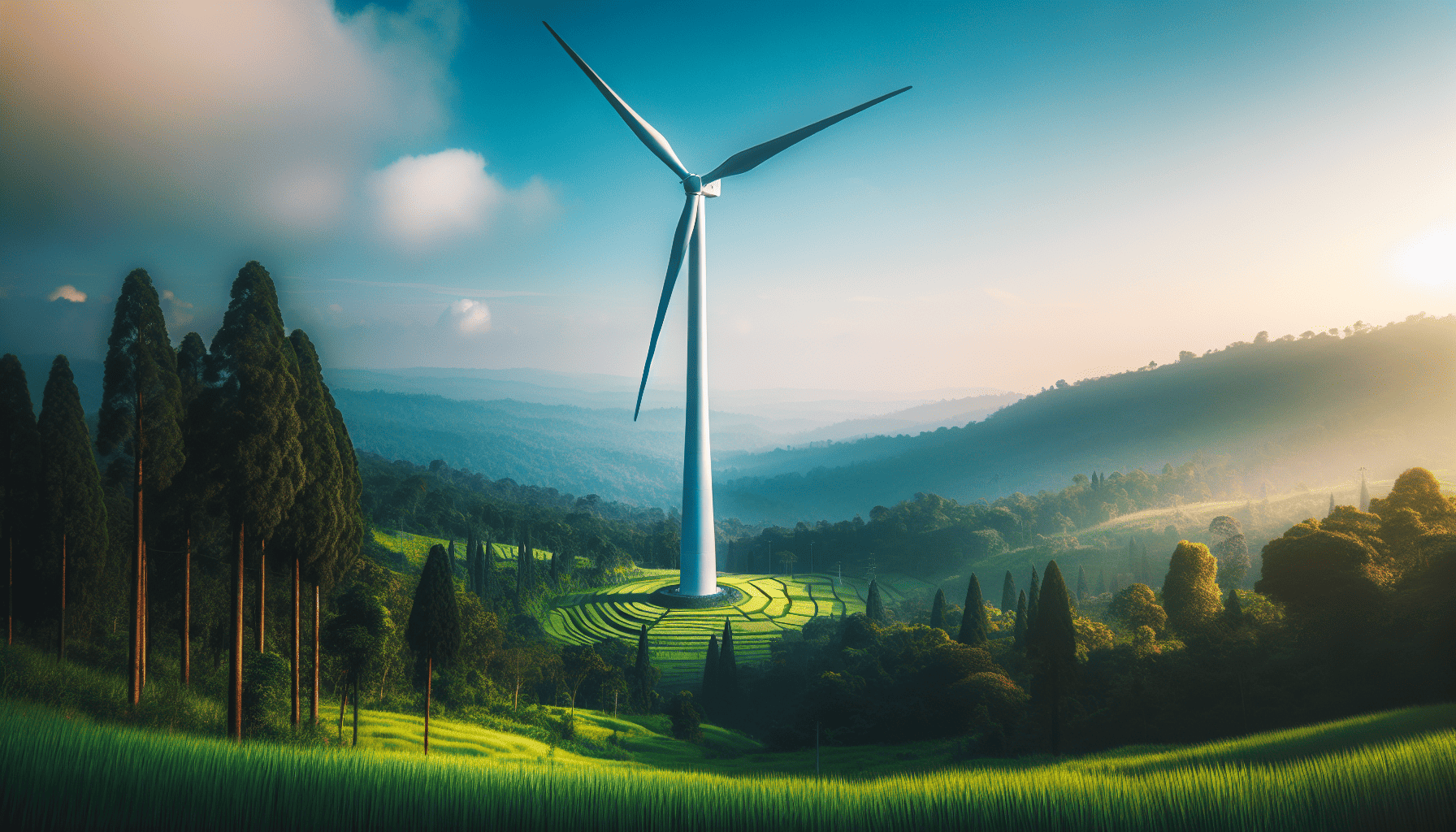Wind power has emerged as a cornerstone of sustainable energy, offering an eco-friendly alternative to fossil fuels. As the demand for renewable energy surges, the spotlight is on making wind turbines more efficient and cost-effective. Recent innovations in turbine design are at the forefront of this revolution, promising to transform how we harness wind energy.
One of the most significant advancements in wind turbine design is the development of taller and more slender structures. By reaching greater heights, these turbines can access faster and more consistent wind speeds, significantly boosting their energy output. The increase in height also means a larger rotor diameter, resulting in more swept area and, consequently, more power generation.
In parallel with structural enhancements, aerodynamic performance has seen remarkable advancements. Engineers are now utilizing sophisticated computational models to optimize blade design, minimizing resistance and maximizing efficiency. Advanced materials, such as carbon fiber composites, are being incorporated, producing lighter yet stronger blades. This not only enhances performance but also extends the operational life of the turbines.
Offshore wind farms are another area witnessing groundbreaking innovations. Floating turbine technology allows for the installation of turbines in deeper waters where winds are stronger and more reliable. Anchored by cables rather than fixed structures, these turbines are opening new frontiers for wind energy development, especially in regions where traditional onshore wind farms are not viable.
Moreover, modular turbine designs are gaining traction. These designs enable easier transport and assembly, reducing logistical challenges and costs. This approach is particularly beneficial for remote areas or regions with rough terrain, where traditional large-scale turbines are difficult to install.
Another promising innovation lies in the realm of digital technology. The integration of artificial intelligence (AI) and Internet of Things (IoT) in wind turbines facilitates real-time monitoring and predictive maintenance. These technologies can analyze operational data to forecast potential breakdowns or inefficiencies, allowing for proactive measures that minimize downtime and maintenance costs.
Energy storage solutions are also being developed in tandem with new turbine designs. By integrating advanced battery systems, wind farms can store excess energy generated during peak wind periods, ensuring a steady power supply even when winds are low. This enhances the reliability of wind as a power source, addressing one of the main limitations of renewable energy.
Furthermore, community-led wind energy projects are becoming more commonplace. These initiatives not only provide clean energy but also empower local communities by offering employment opportunities and fostering local economic development. Turbine designs now often consider the specific needs and constraints of these community projects, ensuring they are both efficient and accessible.
In conclusion, the future of wind power looks promising, with continuous innovations driving the industry forward. Enhanced designs, smarter technology, and strategic deployment are making wind energy an increasingly viable and competitive option in the global quest for sustainable energy solutions. As these innovations continue to evolve, the potential for wind power to meet a significant portion of our energy needs grows ever more tangible.
